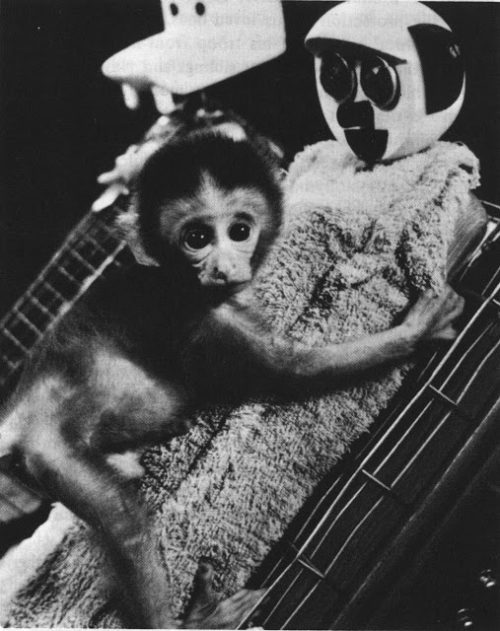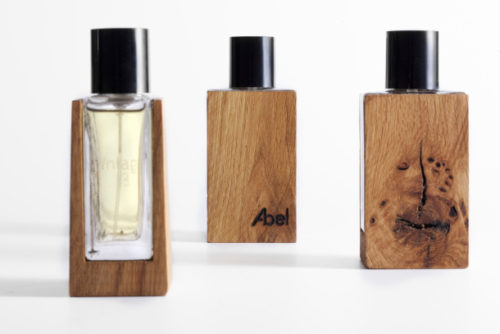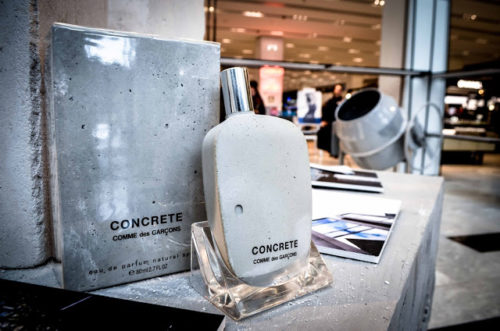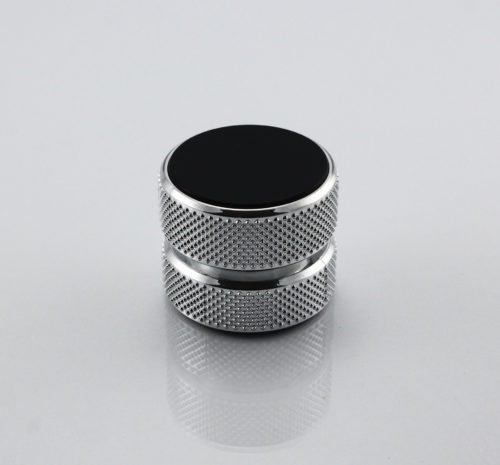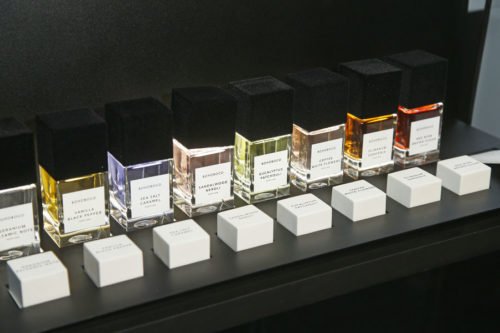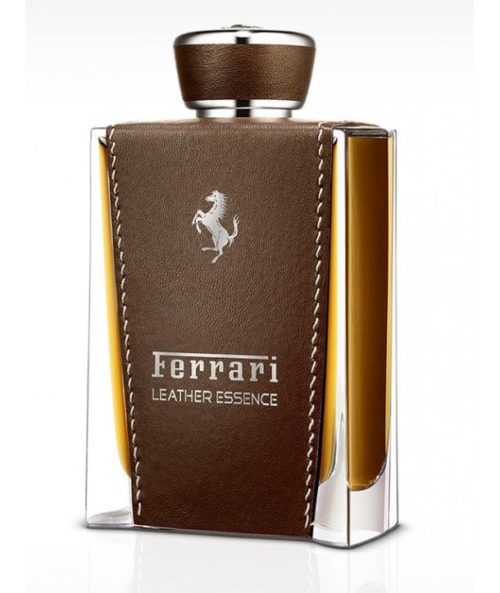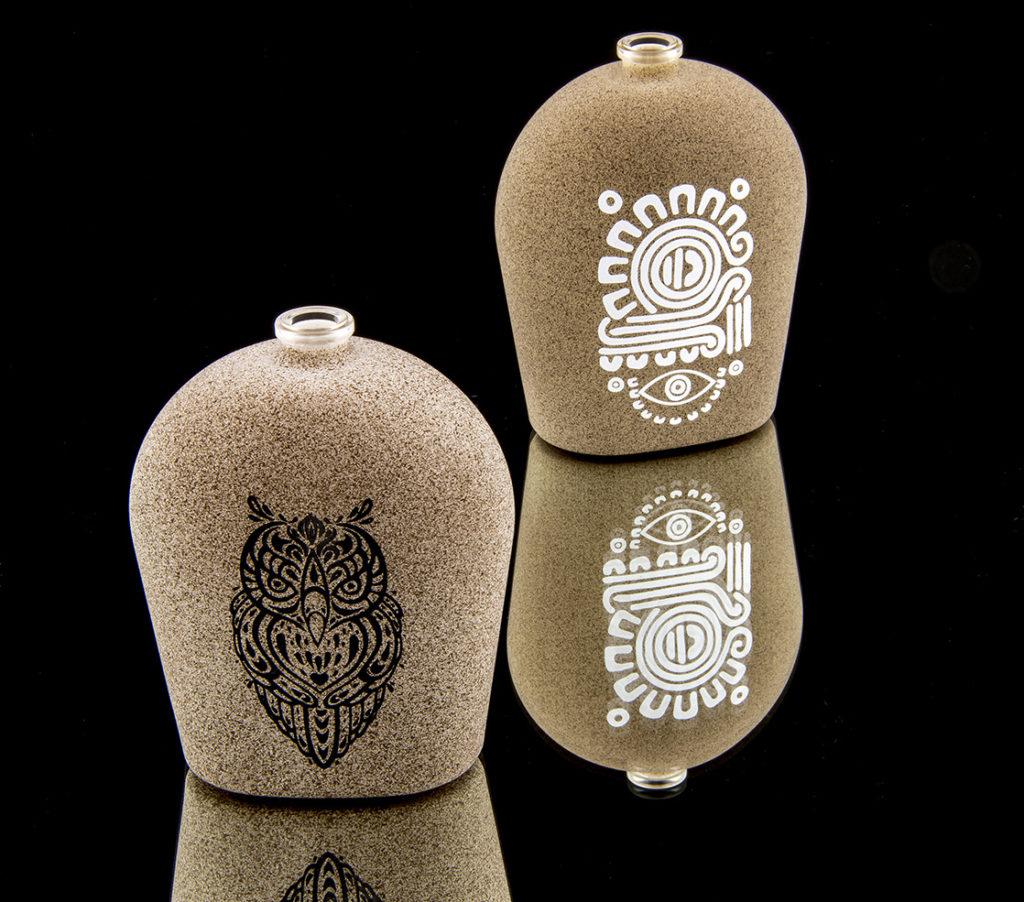
The sense of touch is vastly underestimated, and yet its receptors are found on almost the entire human body. By touching, we can distinguish temperature, shape, pain and texture. The importance of this sense is evidenced, for example, by Harry Harlow’s research from the 1960s. The scientist separated little monkeys from their mothers and tested their choice between two surrogates. One of them provided the young animals with food, but it was made of hard wire, while the other one did not provide food, but was made of downy material, pleasant to the touch. The results of the study showed that the animals were ready to set aside the satisfaction of basic biological needs of their bodies in favour of hugging soft fabric. In marketing, the sense of touch is used primarily in conjunction with the sense of sight. Such a combination produces the best results, as humans feel a natural need to touch what interests them visually. If the visual impression is backed up by an appropriate tactile impression, the effect can be striking.
Materials interesting to the touch
Half of the success in touch-based sensory marketing can be attributed to the material itself. Sometimes it is not necessary to go out of one’s way in search of unprecedented forms or to create a rough surface when the use of appropriate material can already provide a sufficient effect. Clothing manufacturers are convinced of this and emphasise that tactile impressions are right next to visual attractiveness when it comes to drawing the customer’s attention to a piece of clothing – a material that is nice to the touch is largely the decisive factor in clothing purchases.
Wood, paper, concrete, natural leather, all kinds of yarns and strings are certainly among the materials that are interesting to the touch. However, plastics, metals and glass are not quite lost causes. Although every material has its own constant properties, by applying design and manufacturing methods, it is possible to achieve truly amazing textures, which customers will want to see and touch all the time.
Concrete and wood trend
Writing a blog post in December 2017, we mentioned the trends in packaging for 2018. One of them was the textures of wood and stone. They are increasingly common in packaging, as evidenced, for example, by the Comme des Garcons Concrete perfume. Apparently, the packaging of this fragrance is made of smooth, grey material. It turns out, however, that it is genuine concrete, with a glass bottle for the perfume placed inside. Smooth concrete with single air bubble markings gives a very interesting tactile impression. The same holds true for Abel Vintage ’13 spicy perfume for men, which is packaged in a combination of glass and wood. The customer’s fingertips will quickly feel the knots and rings in the wood.
Plastic packaging and impact on the customer’s sight and touch
Plastics can also provide interesting effects of combining visual encouragement with tactile impressions. The combination of shimmering silver metallization on a knurled structure of the Rock perfume bottle cap is a perfect example. The fully smooth upper part of the cap in combination with knurled sides attract looks, give an impression of substance and add an industrial character to the entire design. Complementing these effects with tactile impressions makes it one of the Polytechnic standard products, enjoying the greatest interest from customers.
Famous brands also focus on touch marketing
In perfumery, an interesting tactile effect can also be achieved by the introduction of a fabric-type material on the bottle or cap. The packaging elements designed in this way are very pleasant to the touch and ooze elegance and luxury. A good example of this is the BOHOBOCO perfume bottle cap, which seems to be covered with a thin layer of velour.
Placing leather elements on bottles and caps is also an interesting trend. Some companies even go one step further and cover the entire package with high-quality natural leather. Such treatment ensures a great appearance of the product, an impression of character and additionally gives a pleasant feeling to the touch. Leather Essence, a perfume by Ferrari, is an excellent example of this type of design.
Examples of world-renowned brands as well as the sales popularity of Rock caps are the best arguments to opt for touch-based marketing. Combining it with an attractive visual form can be a great incentive for potential customers and an opportunity, which should not be passed over indifferently by the manufacturers.
Powrót do listy artykułów
